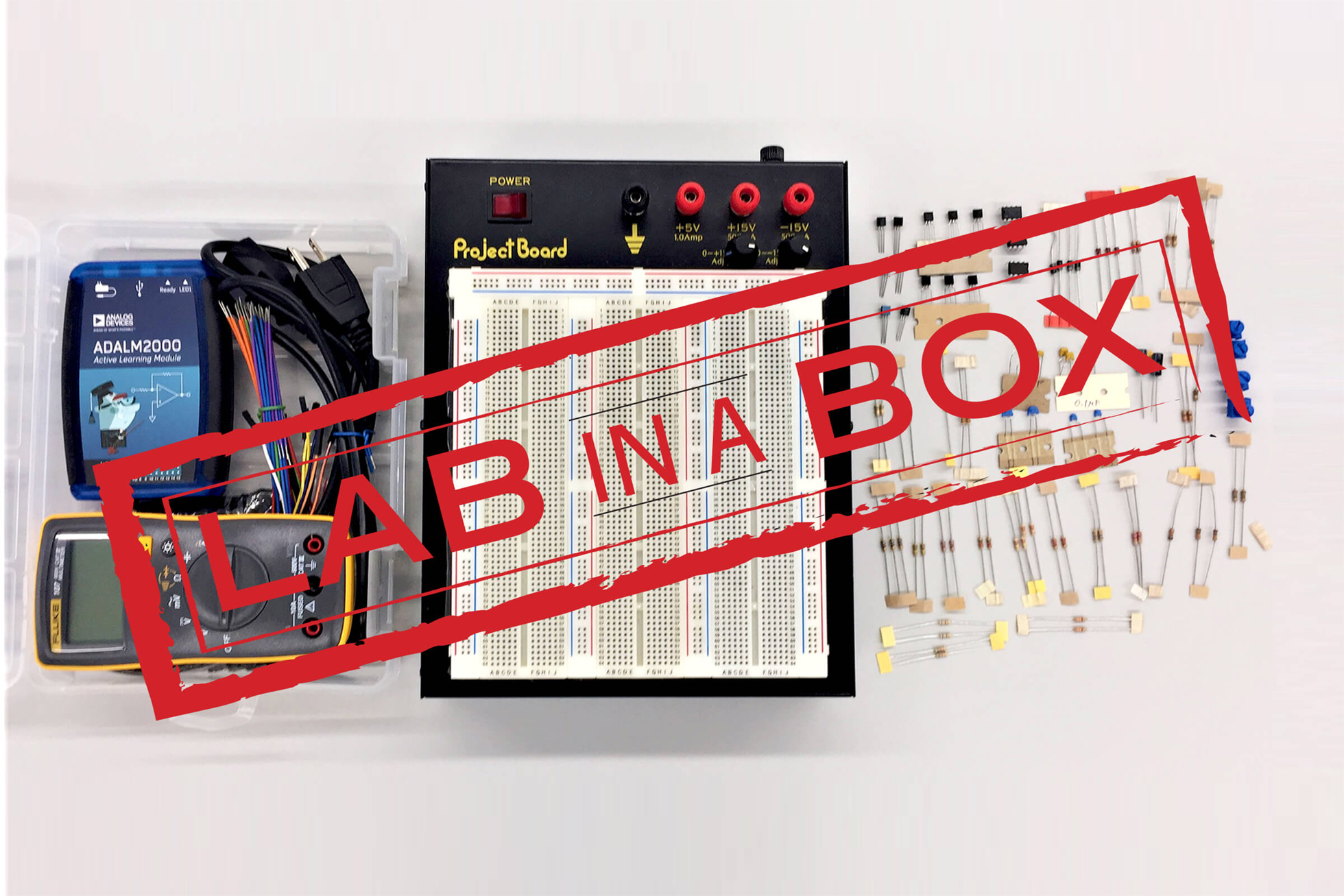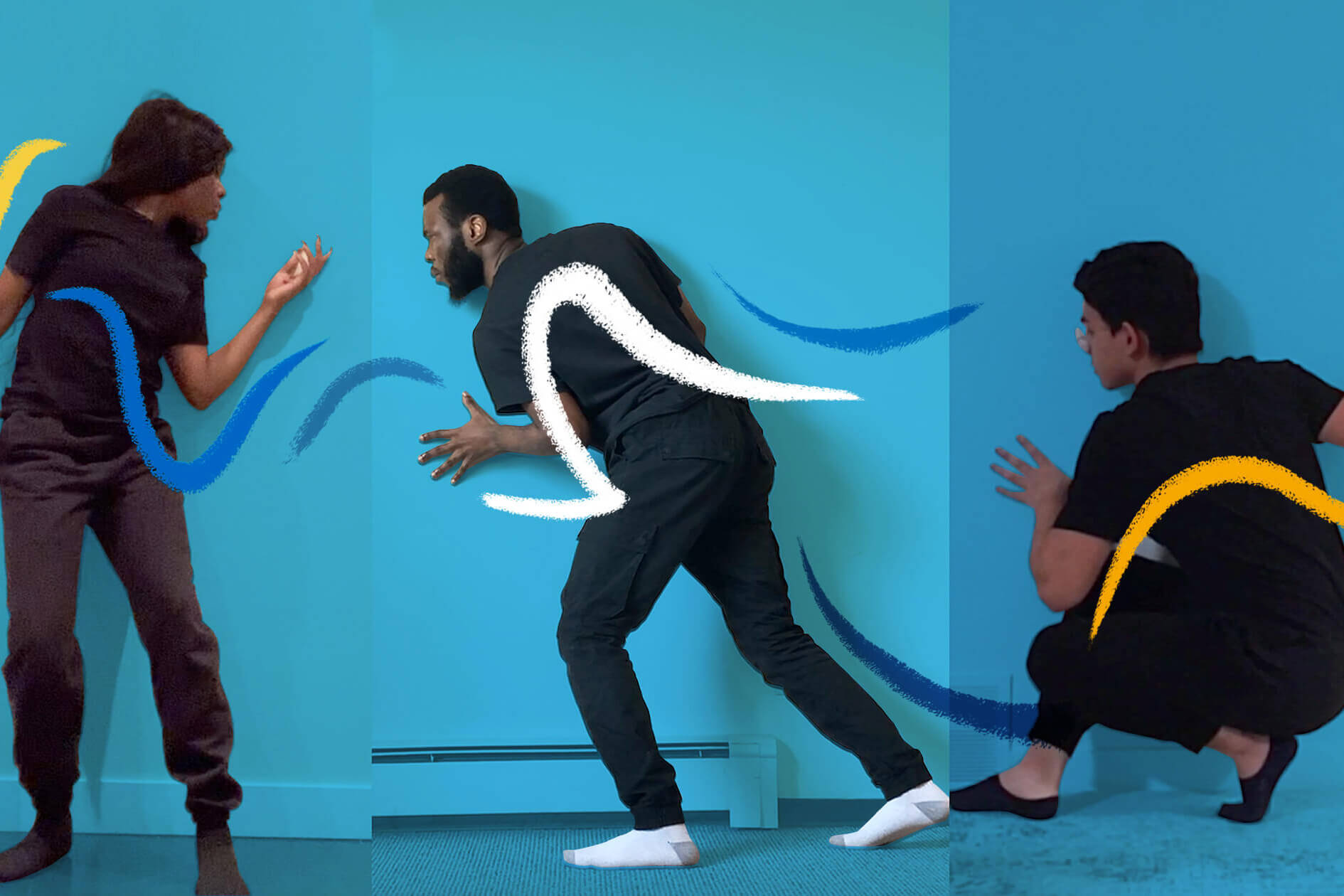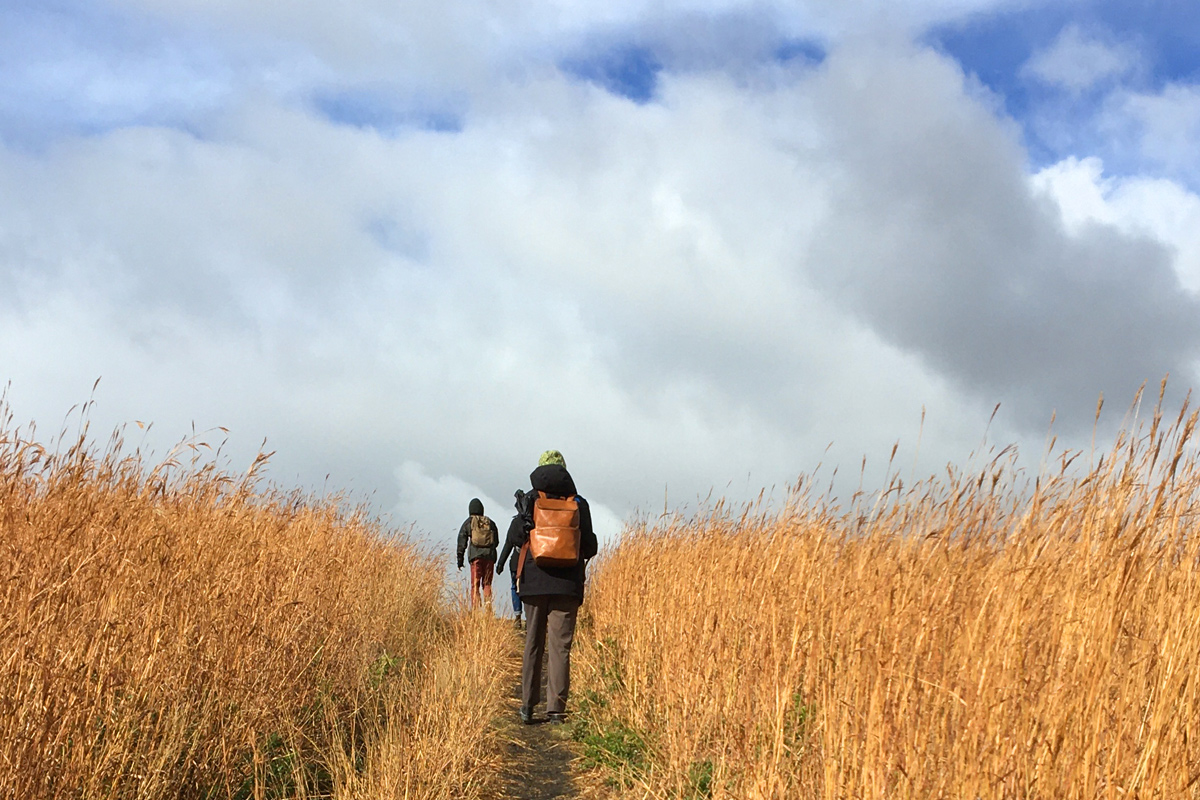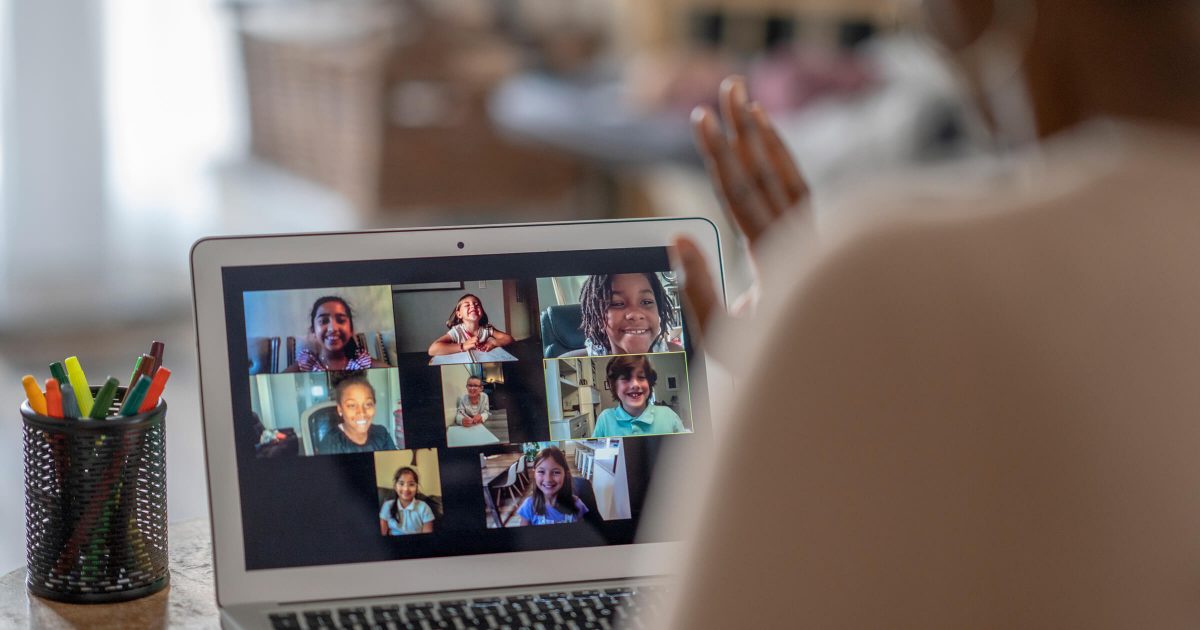
Teacher, teach thyself – online
Future teachers learning to teach remotely while learning to teach. It sounds a bit like a tongue twister.
There were plenty of twists over the past 15 months for University of Manitoba B. Ed. students as they balanced new challenges in teaching and learning with delivering both remote and restructured K-12 classroom education during their pandemic practicums.
There were also triumphs.

“Over and over again, I had responses from the cooperating teachers–those in the K-12 classroom who volunteer to mentor our student teachers—and teacher candidates that our students are coming out of this experience with a greater understanding of the importance of being responsive to the needs of individual learners.”
Beryl Peters, director of the practicum and partnerships office
“They were more flexible and innovative,” she says. “They really had to think deeply and critically about their practice and the ways they were adapting practice and pedagogy for teaching remotely.”
When in-class teaching stopped in March 2020, it became clear a one-size-fits-all approach wasn’t going to work for B.Ed. students’ practicums, says Peters. Each K-12 school was unique and situations often changed. Students might learn in person with reduced class sizes led by teacher candidates and cooperating teachers. Some classes were in person one day and taught remotely the next. Other schools had only remote learning.
“We just dove right in. We created a plan,” says Peters, who wrote a remote practicum implementation guide for 2020-21. She positioned teacher candidates as “actors and not merely spectators in helping to resolve problems and address challenges associated with the global health crisis created by the COVID-19 pandemic.”
Many UM teacher candidates were learning remote teaching skills at the same time as their cooperating teachers.
Education students and new graduates now have new strategies to support school communities as well as ways to engage in community outreach, Peters says. Their expertise gained during the pandemic is so valuable, including around using new technology, they are being hired in K-12 schools as soon as they complete their practicums. In some cases, even before.
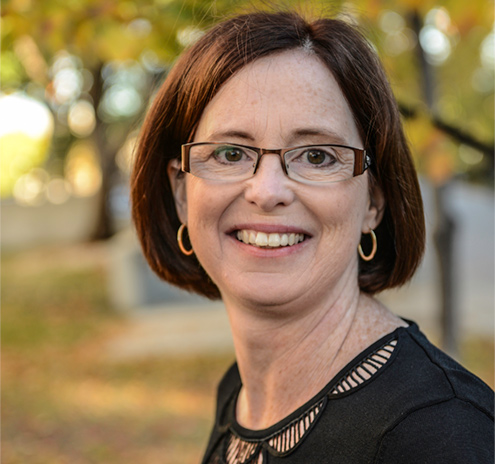
“We always have that layering of learning-teaching, learning-teaching and that remote element just sort of added another dimension.”
Prof. Martha Koch, UM associate professor of curriculum, teaching and learning
Koch says the B. Ed. program helps future teachers think critically about reducing inequities in their classrooms and how to value each learner. Remote instruction opened a new opportunity to examine these inequities. Does a student have access to technology? Can they get online? Do they struggle with learning through a computer screen? Do their cameras need to be on when in class? How do you address bullying in a virtual classroom?
“Remote learning has really brought those issues of access, equity and fairness to the fore,” she says. “These instruction and assessment methods and strategies have come to the surface for this group of graduating teachers and I think that is really going to be something that will help throughout their careers.”
Professors are constantly researching, modeling and updating B. Ed courses, Koch says. That included having conversations with students as they began remote teaching practicums, asking them to share their experiences.
B.Ed. student Lia Wright says everyone had their own idea of what it meant to teach remotely in the early months of the COVID-19 pandemic. The Faculty of Education encouraged student input and ideas.
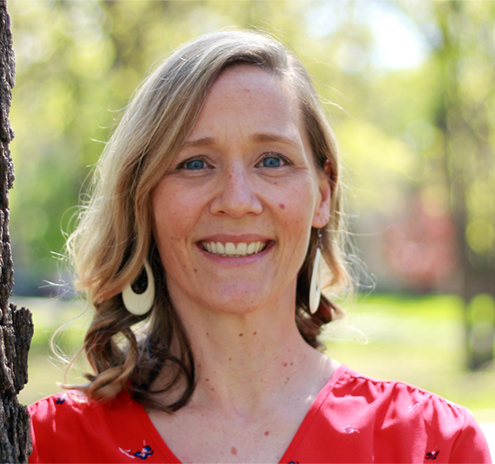
“I really appreciated their openness to everybody’s creativity and everyone’s approach.”
Lia Wright, education student
Wright was offered a permanent contract as a French immersion science and math teacher in January 2021 while she was still doing her practicum. She began a two-month teaching term in May.
After a “completely normal” first semester in 2019, everything changed in March 2020. Wright’s crash course in using technology for instruction came at the same time as she was still learning subject matter.
The former engineer is grateful to have expanded her technology skills, things she’ll continue to use in her classroom career.
Wright’s creativity was in play for the Grade 11 and 12 physics classes she taught during practicum. Eager to make up for the lack of in-person teaching, she used pop culture to make the science relatable and fun.
“I used PowerPoint presentations and YouTube videos from movies to show them what centripetal acceleration is,” she says. Whether it’s a halfpipe snowboard competition, a midway ride, or a superhero action scene, physics is everywhere. She told her class, “Suddenly, you see everything in a whole new light.”
Madison Carter-Plouffe was hired right out of her B. Ed. practicum course for a May-June term with Grade 7 and 8 remote learning classes. Her principal collaborated with the Faculty of Education to allow her to make a seamless transition from her final hour of practicum into full-time teaching. She’s delighted to have her own French immersion kindergarten class beginning in September.
“I’m super excited because as an early years teacher my first practicum year was in kindergarten and I just really loved it,” she says.
Doing three out of four practicum courses during the pandemic made Carter-Plouffe feel more prepared for her teaching career. “I think that that was a huge asset while applying for jobs because I was able to pull from a lot of those experiences,” she adds.
Kelsey Collins-Kramble has been teaching remotely since March 2020. She was hired for a term position the day after her practicum ended and is teaching Grade 8 social studies, art, health and French remotely, in addition to being a homeroom teacher.
“I think the biggest challenge is really revising or adapting your methods of connecting with students,” she says. “You can find technologies that help you to present that information in different ways, but the hardest part was finding new ways to communicate and to increase student engagement.”
Some students struggle with participating online, she says. She used Mentimeter and Pear Deck for polls and surveys. Unlike the chat function in Microsoft Teams, both allowed students to provide anonymous feedback.
Collins-Kramble also checked in regularly with her students, either by voice or video call, or even a simple but encouraging thumbs-up emoji response.
“Being able to adapt my practices was one of the biggest things that I’ve taken away from this, as well as technology and new ways of engaging students that I can bring to a brick-and-mortar classroom,” she says.
TeachingLIFE
UM is where teaching, learning and research collide to create an outstanding educational experience. TeachingLIFE tells the stories of our innovative educators and their impact on student success.
Learn more about TeachingLIFEOther TeachingLIFE articles
About CATL
The Centre for the Advancement of Teacching and Learning is an academic support unit that provides leadership and expertise in furthering the mission of teaching and learning at the University of Manitoba.
Learn more about CATL






